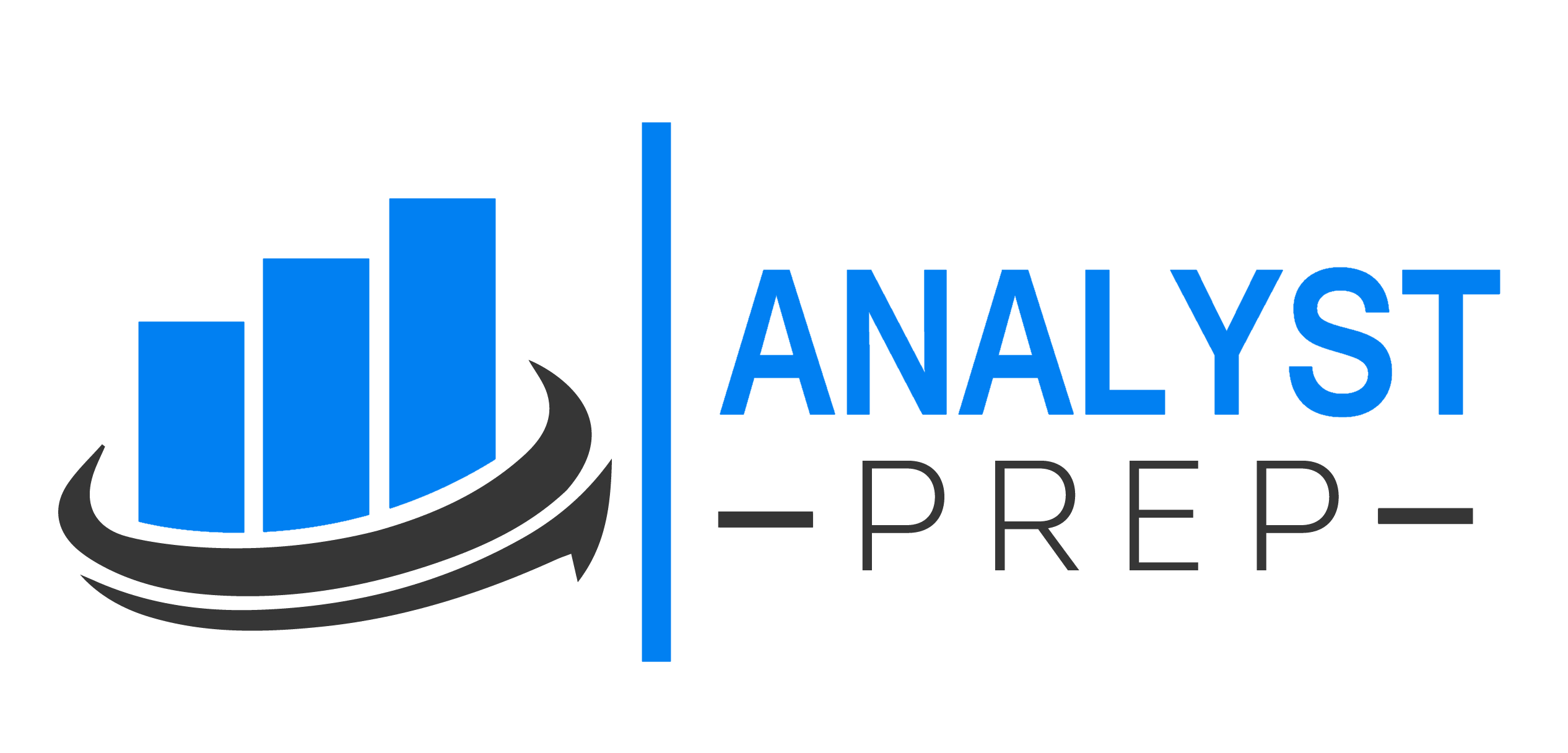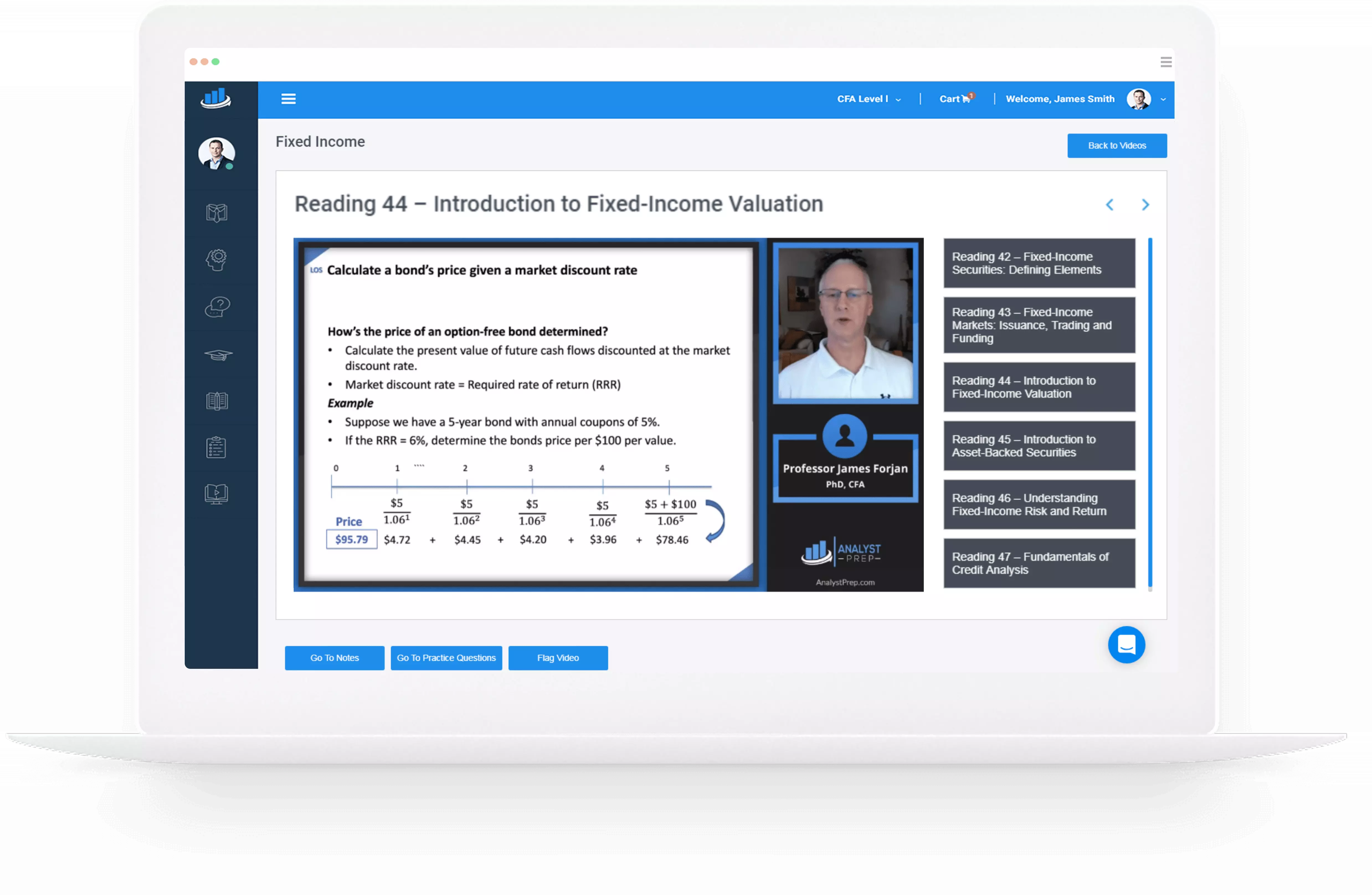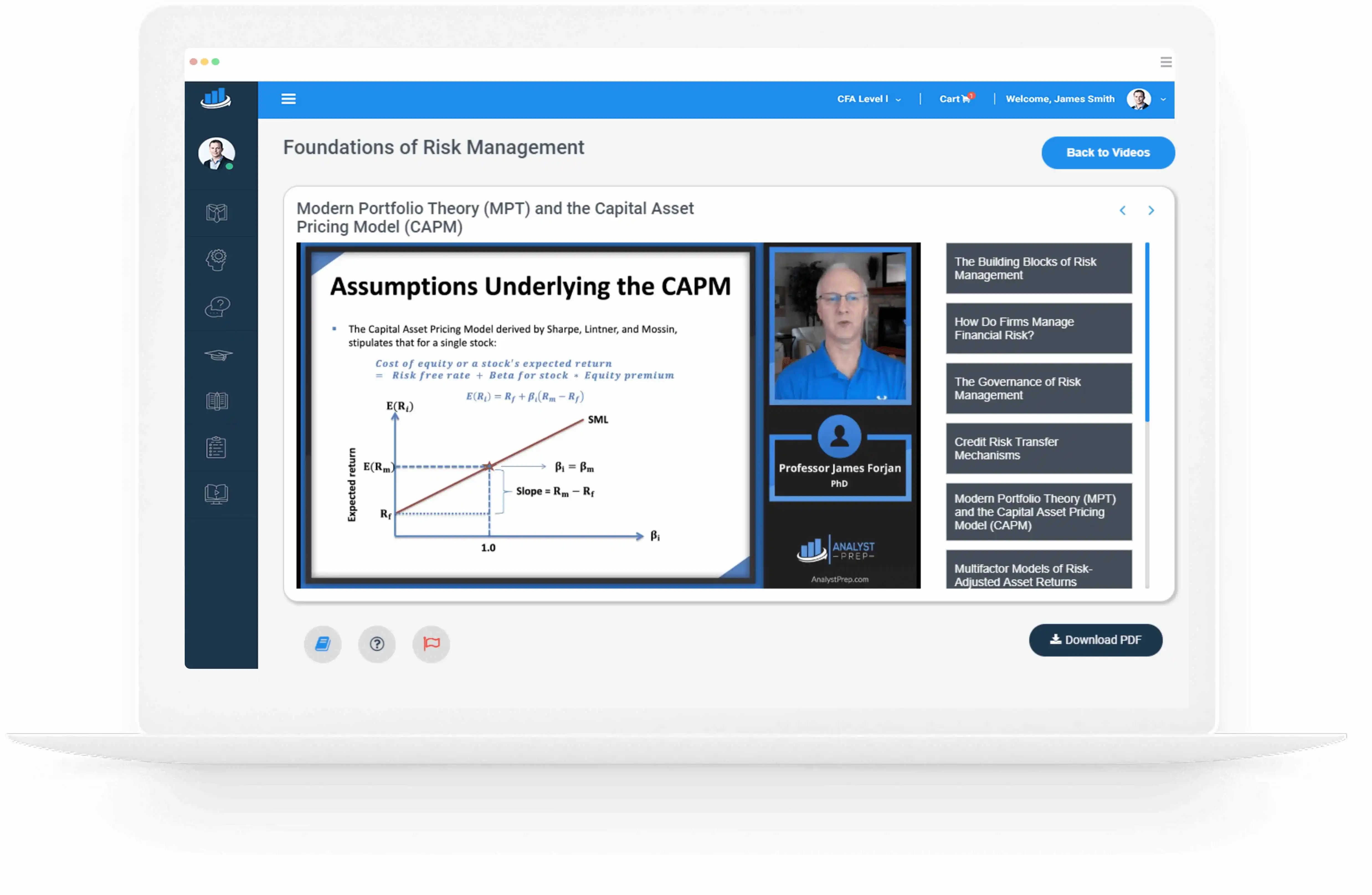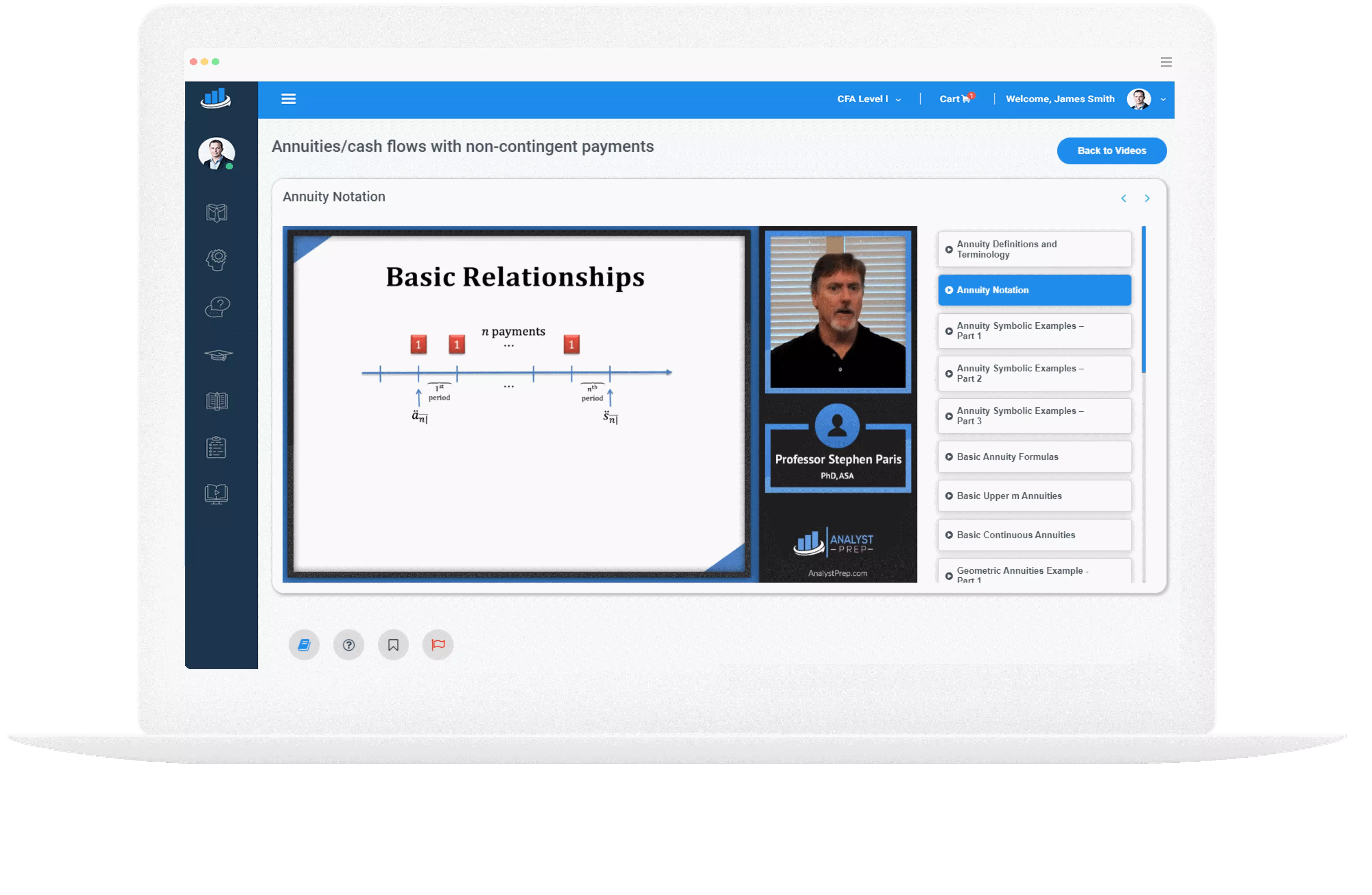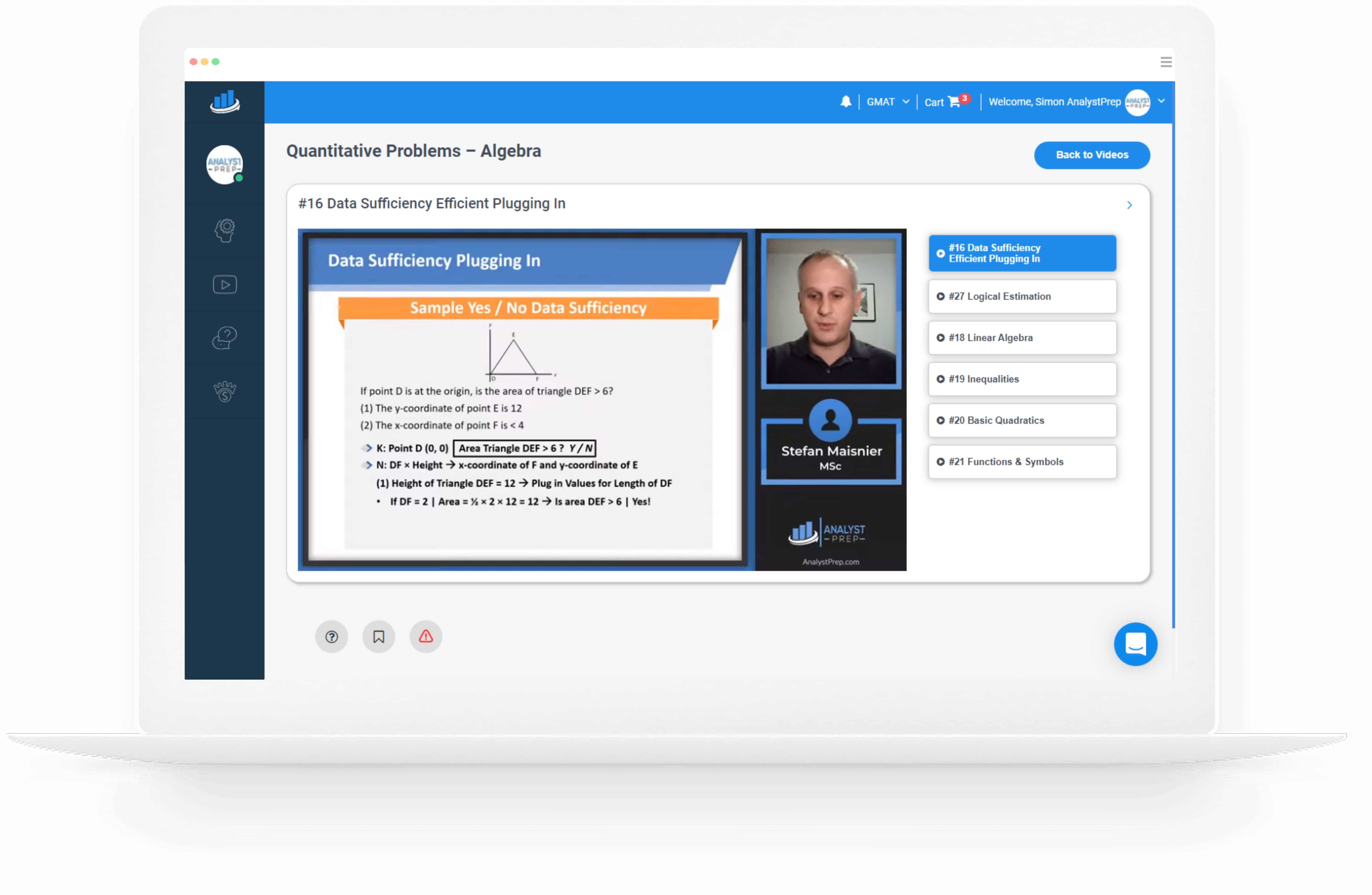Stock Value
If the current market price is greater than the intrinsic value estimated using the DDM, the stock is overvalued. If it is equal to the intrinsic value obtained from the DDM, the stock is fairly valued. If it is less…
Financial Determinants of Growth Rates
Sustainable Growth Rate Sustainable growth rate (SGR) is the growth rate of dividends (and earnings) that a company can maintain for a given return on equity (ROE), assuming that the capital structure remains unchanged, and no additional common stock is…
Spreadsheet (General) Modeling
Dividend discount models assume a stylized pattern of dividend growth. However, the dividend growth may follow a variety of patterns. Therefore, spreadsheet modeling is used to forecast any dividend pattern. In addition, spreadsheets allow analysts to build complicated models, perform…
The Required Rate of Return the Gordon Growth Model and the H-model
Given all the inputs to a dividend discount model (DDM) except the required return, the IRR can be calculated and used as a substitute for the required rate of return. This IRR can be interpreted as the expected return on…
The Value of Common Shares using Multiperiod Models
Two-Stage Dividend Discount Model There are two approaches to the two-stage dividend discount model: i. The General Two-Stage Model Under this model, a company’s growth is divided into two sections—one where it experiences high growth and the second where its…
Terminal Value
Valuing a stock involves assuming that its growth rate will slow down to a long-term rate comparable to the economy. The value projected at the end of the high-growth stages based on the long-term growth rate is known as the…
Stages of a Company’s Growth
Forecasting a single stable dividend growth rate for a company into the indefinite future is not realistic for many companies because companies experience different growth rates during their life cycles. Therefore, analysts may assume growth may fall into three stages:…
Multiperiod Models
Two-Stage DDM There are several assumptions of the first version of the two-stage DDM: The first stage represents a period of abnormal growth. The second stage represents a period of sustainable growth. There is a sudden transition from abnormal growth…
Strengths and Limitations of the Gordon Growth Model
Strengths It is simple and easy to implement. It is appropriate for valuing mature, dividend-paying companies. It is used to judge whether an equity market is fairly valued. It is used to model the last growth stage in a multistage…
Gordon Growth Model and the Price-to-Earnings Ratio
The price-to-earnings ratio (P/E) is the most widely recognized valuation indicator. Using the Gordon growth model, a P/E multiple can be developed. When forecasted inputs are used in the multiple, a justified fundamental P/E multiple is obtained. The expression of…
